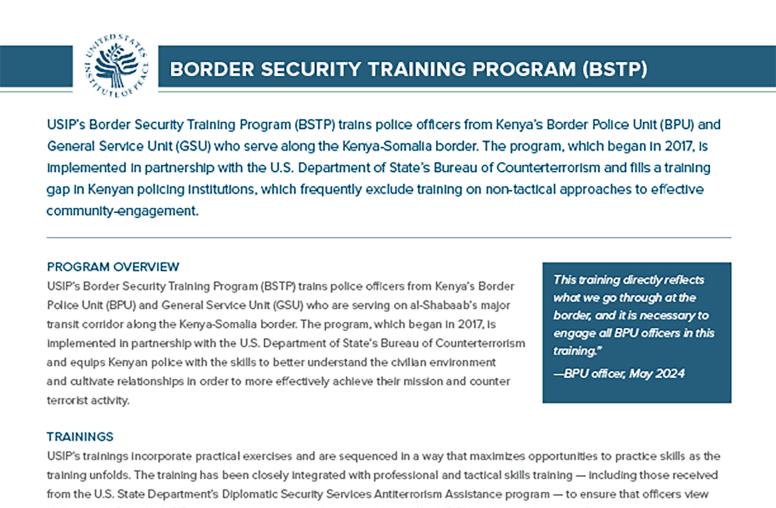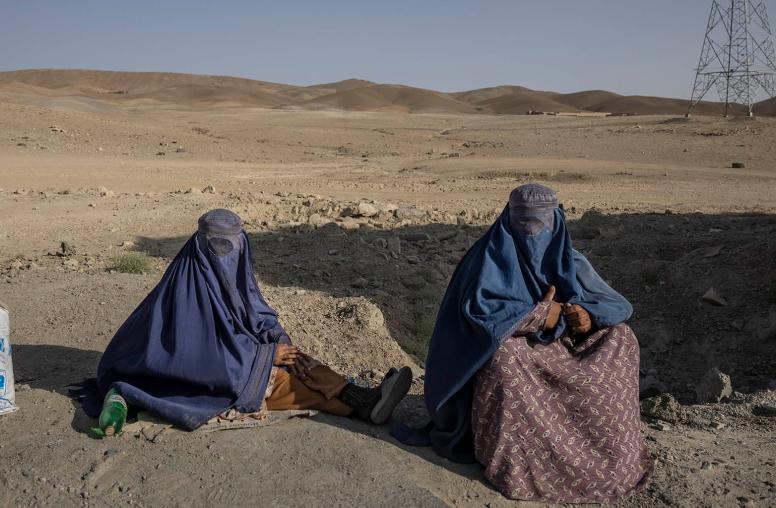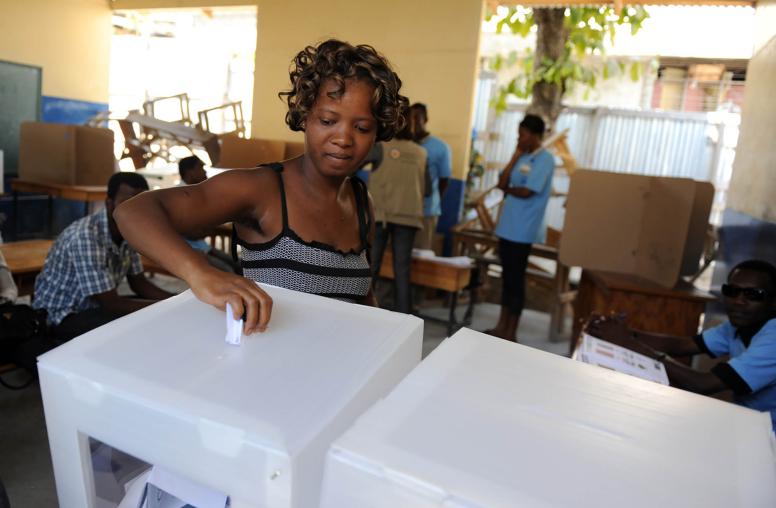Why International Women’s Day Matters
Malala and a U.S. Navy Admiral Make the Invisible Visible
When Mahatma Gandhi was leader of the Indian National Congress in 1921, he advocated for women’s rights as key to modernizing Indian society. He understood that you cannot change a society peacefully without turning to women, half of the population, to make it happen. In an open letter in 1930, he wrote, “If nonviolence is the law of our being, the future is with women.” It was a radical idea at the time to make women, who usually are invisible, visible. It’s still radical today.
Who is the first woman peacemaker you think of? Chances are she has taken huge risks and faced daunting odds. One of the more recent figures is Malala Yousafzai, who won the Nobel Peace Prize in 2014 at the young age of 17 for her advocacy of education for women, and especially for fighting the Taliban’s ban on girls attending school. In her struggle for girls like herself, Malala was shot in the face by a Taliban fighter. She survived. Now she even thrives and reminds the world how to make peace: “One book, one pen, one child, and one teacher can change the world,” she’s famous for saying. Malala has made visible why girls matter to peace.
Last week, I met another unforgettable peacemaker, Michelle Howard. She is the first woman to earn four stars as an admiral in the U.S. Navy. She's also the first African-American woman to command a U.S. naval ship and became known for leading the rescue of Captain Richard Phillips from pirates off the coast of Somalia in 2009, a drama that inspired the film “Captain Phillips.”

Admiral Howard is a powerful answer to the problem of invisibility for women in war and in peace, with her accomplishments in the very male world of the military. She is commander of U.S. Naval Forces Europe and U.S. Naval Forces Africa, as well as serving as commander of the Allied Joint Force Command in Naples. That basically translates to being responsible for half a hemisphere of naval operations.
What makes her a peacemaker in my book is that, every day, she brings her influence to bear on human crises, from the global refugee catastrophe of more than 60 million people who’ve been forced from their homes by violent conflict, to the need to combat extremist violence. Howard is making sure that women are part of solving the world’s most pressing problems.
We have to bring a gender perspective to our planning.
As a military officer, she is committed to carrying out the terms of United Nations Security Council Resolution 1325, a formal legal agreement that requires parties to a conflict to protect women and girls from sexual and gender-based violence and ensures women’s participation in peace negotiations and post-war reconstruction. Adopted by the U.N. Security Council in 2000, it launched the field of women, peace and security and has generated 63 country-level national action plans that help move women from their invisible role in war and peace to one that is visible, from being counted as victims of war to also being counted as pivotal partners in peacebuilding.
'On a Long Journey'
Howard says she sees herself on a long journey of women, peace and security from a military perspective. The challenge in the military, she told a small gathering at the U.S. Institute of Peace on March 2, is how to translate the strategic policy of the U.S. National Action Plan on Women, Peace and Security to the operational level.
“How do you we go from linking these grand, strategic objectives to what’s playing out on the ground?” she asked, explaining the process the military has undertaken. In the same way that the military identifies troops who have language capabilities before a unit deploys to a country or region, she said it is just as important to ask “who are the women on our staff? And do we make sure that, when we do planning, there are women in the planning effort?”
“We have to bring a gender perspective to our planning,” she explained. “You can’t have [just] half of the population’s perspective when you are trying to do development, when you are trying to build judiciary systems, when you are trying to bring humanitarian aid to people…when you’re actually in the diplomacy piece and you’re trying to set the conditions for peace. You have to have the totality of perspective.”
Howard is a firm believer that the security of women signals the overall level of security of an entire country, and World Bank evidence has shown that to be the case. By her work on behalf of women, she makes visible the aspirations of half of the population to seize opportunity, to know dignity and to contribute to peace.
On this day in 1917, against the backdrop of war, women in Russia chose to protest and strike for "Bread and Peace." Nearly 60 years later, in 1975, the United Nations marked the women’s protest for peace and began celebrating International Women's Day on March 8.
Thus began the day’s journey away from its Cold War-era association with Soviet ideology to international respect—so much so that some advocates this year are encouraging supporters to wear red, described in a Glamour magazine story about the commemoration as “a color of love, revolution, energy and sacrifice,” with no hint of the color’s historical association with communism. Other advocates are promoting “A Day Without a Woman” and an “International Women’s Strike,” suggesting that women refrain from participating in public life, in work, in shopping and so forth, to emphasize what society would lose without them.
International Women’s Day has become crucial for drawing attention to the role of women in society. It makes them visible in a way that, over time, carries through the rest of the year.




